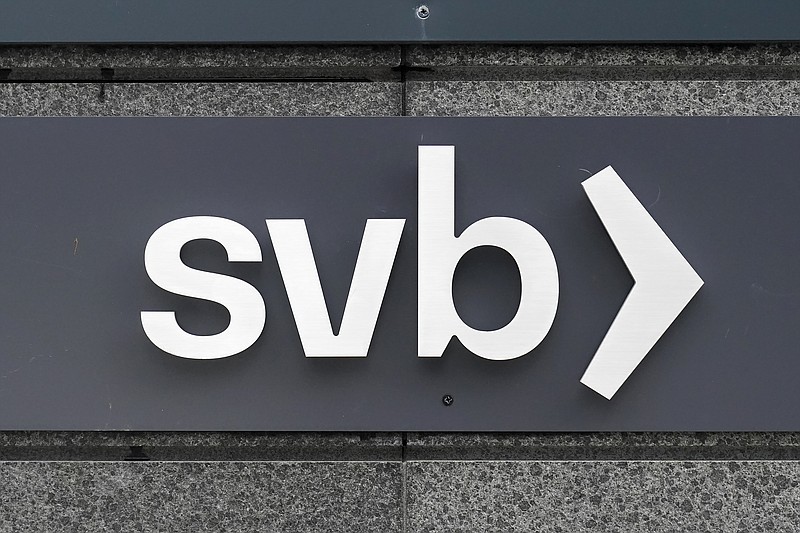By CHRISTOPHER RUGABER and FATIMA HUSSEIN
Associated Press
WASHINGTON (AP) -- The Federal Reserve is facing stinging criticism for missing what observers say were clear signs that Silicon Valley Bank was at high risk of collapsing into the second-largest bank failure in U.S. history.
The Fed was the primary federal supervisor of the bank based in Santa Clara, California, that failed last week.
Critics point to many red flags surrounding Silicon Valley Bank, including its rapid growth since the pandemic, its unusually high level of uninsured deposits and its many investments in long-term government bonds and mortgage-backed securities, which tumbled in value as interest rates rose.
"It's inexplicable how the Federal Reserve supervisors could not see this clear threat to the safety and soundness of banks and to financial stability," said Dennis Kelleher, chief executive of Better Markets, an advocacy group.
Wall Street traders and industry analysts "have been publicly screaming about these very issues for many, many months going back to last fall," Kelleher added.
Now the consequences of the fall of Silicon Valley Bank, along with New York-based Signature Bank, which failed over the weekend, are complicating the Fed's upcoming decisions about how high to raise its benchmark interest rate in the fight against chronically high inflation.
Many economists say the central bank would likely have raised rates by an aggressive half-point next week at its meeting, which would amount to a step up in its inflation fight. The Fed implemented a quarter-point hike in February, to about 4.6%, the highest level in 15 years.
Last week, many economists had suggested that Fed policymakers would raise their projection next week to 5.6%. Now it's suddenly unclear how many additional rate increases the Fed will forecast.
With the collapse of the two large banks fueling anxiety about other regional banks, the Fed may focus more on boosting confidence in the financial system than on its long-term drive to tame inflation.
The latest government report on inflation, released Tuesday, shows that price increases remain far higher than the Fed prefers, putting Chair Jerome Powell in a tougher spot. Core prices, which exclude volatile food and energy costs and are seen as a better gauge of longer-run inflation, jumped 0.5% from January to February -- the most since September. That is far higher than is consistent with the Fed's 2% annual target.
"Absent the fallout from the bank failure, it may have been a close call, but I think it would have tipped them towards a half-point (rate hike) at this meeting," said Kathy Bostjancic, chief economist at Nationwide.
On Monday, Powell announced that the Fed would review its supervision of Silicon Valley to understand how it might have better managed its regulation of the bank.
By all accounts, Silicon Valley was an unusual bank. Its management took excessive risks by buying billions of dollars of mortgage-backed securities and Treasury bonds when interest rates were low. As the Fed continually raised interest rates to fight inflation, leading to higher rates on Treasurys, the value of Silicon Valley's existing bonds steadily lost value.
Most banks would have sought to make other investments to offset that risk. The Fed could have also forced the bank to raise additional capital.
Roughly 97% of its deposits were uninsured because they exceeded the Federal Deposit Insurance Corporation's $250,000 insurance cap. That is an unusually high proportion that made the bank highly susceptible to the risk that depositors would quickly withdraw their money at the first sign of trouble -- a classic bank run -- which is exactly what happened.
Silicon Valley's CEO, Greg Becker, in the past had lobbied Congress for a lighter regulatory touch, and he served on the board of the Federal Reserve Bank of San Francisco until the day of the Silicon Valley collapse.

